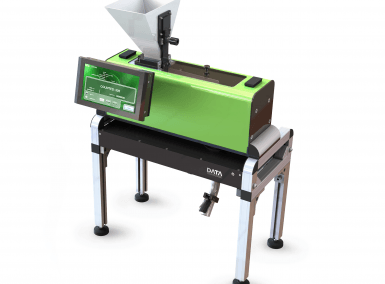White Papers - Main Challenges for Seed Manufacturers in 2019
Main Challenges for Seed Manufacturers in 2019

In the normal flow, seed manufacturers package and sell tens, perhaps even hundreds of millions of seeds during each season. These packages, in varying quantities, are sold to nurseries, gardening stores, landscapers, gardeners, perhaps even packaged for sale to homeowners.
Amazingly enough, the seed industry largely remains one that conducts transactions by relying on estimated weights rather than exact numbers. Still, many seed purchases are made based on the number of seeds, rather than weight.
The result of this inconsistency in measurable scales typically results in a loss factor for the seed manufacturer. To offset the possibility of not supplying at least the numerical amount ordered, some seed manufacturers add an additional percentage for no additional charge.
• For large orders, the additional “give-away” amount can represent a loss factor of 2-3%, which translates to hundreds of thousands of dollars of inventory simply given away to customers because seed manufacturers lack the technology to count their stock accurately.
• For smaller orders, where the quantities of seeds are smaller, the same overage may even account for a tolerance factor of up to 30%. In either case, for small orders or large ones, this is not a small loss factor.
Finally, because seed manufacturers provide extra seeds without charging because they are not counting the seeds, but rather approximating the count based on weight and then adding in a buffer to ensure the minimum order, the damage done to their profit margin is two-fold:
First, they are giving away a product with value against no income. Second, if customers are reselling or planting the seeds based on an actual number that they can reliably verify, they can take full advantage of the seed manufacturer’s overage and purchase fewer seeds in future orders.
Thus the seed manufacturer is giving away free seeds in the first purchase and selling fewer seeds in the second and future purchases. Up until now, this has been a known factor resulting from a lack of technology that could successfully perform an accurate counting of vast quantities of seeds.
